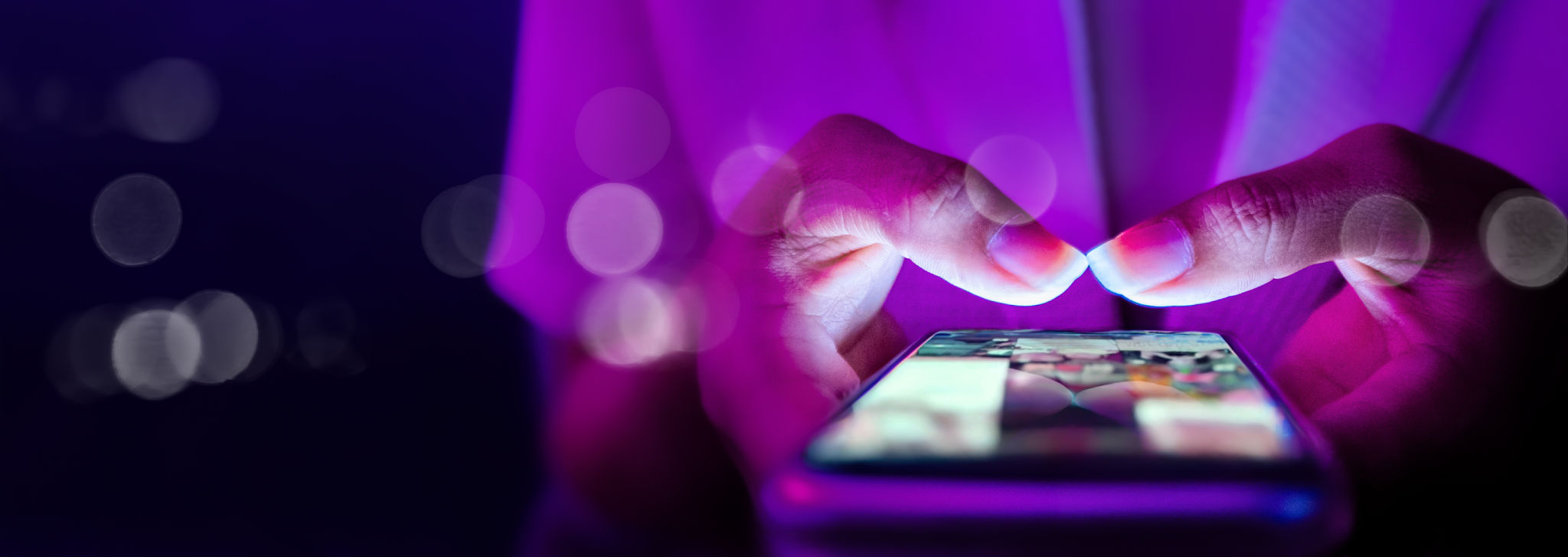Myth-Busting: Common Misconceptions About Beauty Marketing
In the dynamic world of beauty marketing, myths and misconceptions abound. These myths often lead to misunderstandings about how the industry operates and what it takes to succeed. Let's delve into some of these common misconceptions and uncover the truth behind them.
The Myth of Perfect Beauty
One prevalent myth is that beauty marketing promotes an unattainable standard of perfection. While it's true that visuals in beauty campaigns often feature idealized images, the industry is steadily shifting towards inclusivity and diversity. Brands are increasingly showcasing real people with diverse backgrounds, body types, and skin tones, reflecting a broader spectrum of beauty.

This shift is not merely a trend but a response to consumer demand for authenticity. Consumers are looking for brands that resonate with their personal experiences, and companies that embrace this diversity tend to foster stronger customer connections.
High Costs Equal High Quality
Another common misconception is that high-priced beauty products are automatically superior in quality. While some premium products offer exceptional benefits due to high-quality ingredients and research, price is not always an indicator of effectiveness. Many affordable brands provide excellent results and are backed by rigorous testing and customer satisfaction.
Factors to Consider When Evaluating Quality
- Ingredient lists and their proven benefits
- Customer reviews and testimonials
- Brand reputation and transparency
It's essential for consumers to research and understand what works best for their individual needs rather than relying solely on price as a determinant of quality.

Social Media Equals Instant Success
With the rise of influencers and social media platforms, many believe that a strong online presence guarantees instant success in beauty marketing. While social media is a powerful tool, it requires strategic planning, consistent engagement, and authentic storytelling to build a loyal following. Viral moments can boost visibility, but sustaining interest and loyalty demands continuous effort.
Brands need to focus on creating content that resonates with their audience, fosters community, and aligns with their core values. This approach ensures long-term success rather than fleeting viral fame.

All Beauty Products Are Safe
Another misconception is the belief that all beauty products are safe because they are available on the market. In reality, regulations can vary significantly between countries, and not all products undergo rigorous testing. Consumers should be proactive in researching products, understanding ingredient lists, and opting for brands that prioritize transparency and safety.
Steps to Ensure Product Safety
- Check for certifications and safety standards
- Research ingredient safety and potential allergens
- Follow trusted beauty experts and dermatologists for advice
By taking these steps, consumers can make informed decisions about the products they use, ensuring both safety and effectiveness.

In conclusion, beauty marketing is a complex and evolving field. By dispelling these myths, consumers and brands alike can foster a more informed and inclusive industry. Embracing authenticity, ensuring safety, and understanding the real markers of quality are crucial in navigating the beauty landscape effectively.